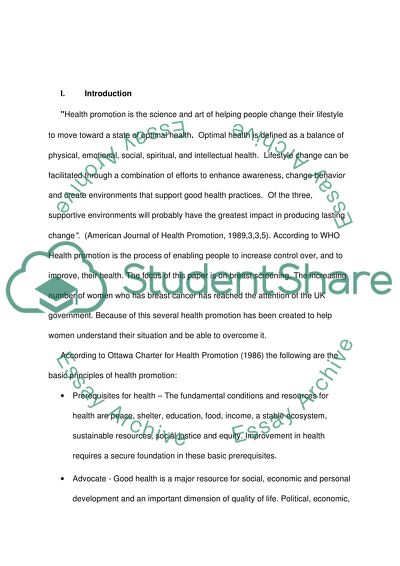Cite this document
(“Breast Screening Essay Example | Topics and Well Written Essays - 2500 words”, n.d.)
Breast Screening Essay Example | Topics and Well Written Essays - 2500 words. Retrieved from https://studentshare.org/health-sciences-medicine/1508549-breast-screening
Breast Screening Essay Example | Topics and Well Written Essays - 2500 words. Retrieved from https://studentshare.org/health-sciences-medicine/1508549-breast-screening
(Breast Screening Essay Example | Topics and Well Written Essays - 2500 Words)
Breast Screening Essay Example | Topics and Well Written Essays - 2500 Words. https://studentshare.org/health-sciences-medicine/1508549-breast-screening.
Breast Screening Essay Example | Topics and Well Written Essays - 2500 Words. https://studentshare.org/health-sciences-medicine/1508549-breast-screening.
“Breast Screening Essay Example | Topics and Well Written Essays - 2500 Words”, n.d. https://studentshare.org/health-sciences-medicine/1508549-breast-screening.


